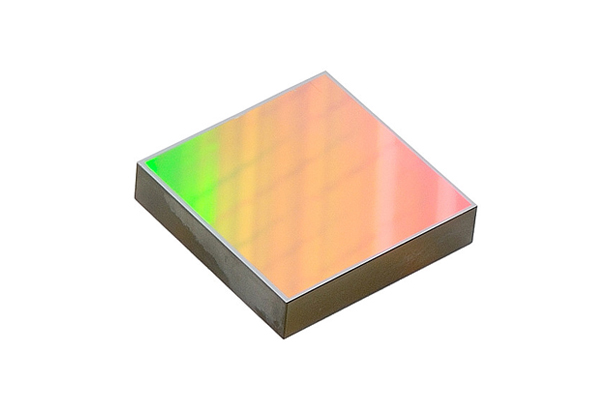
This product is manufactured by
HORIBA
Manufacturer information

HORIBA
Verified & Trusted Manufacturer
Manufacturer of Optical Spectrometers, Camera Systems for OEM Industrial Applications
Inquiry
How to order
Problem with product info?
Update request
Manufacturer
HORIBA
Product Type
Machine
Brand
-
SKU
137216
Product Name
Flat Field and Imaging Gratings - Type IV
Model Name
-
Size
-
Weight
-
Product Details
More products

Multispectral Imaging SpectrometerLumetta

Hyperspectral Imaging SystemsPoliSpectra® H116

MultiTrack SpectrometerPoliSpectra® Quad

MultiTrack SpectrometerPoliSpectra® M116

UV-Vis-NIR SpectrometersInVizU Cube

UV-Vis-NIR SpectrometersVS70-MC

UV-Vis-NIR SpectrometersOES-Star

UV-Vis-NIR SpectrometersVS70-PDA

Gratings for astronomy

Laser Pulse Compression Gratings

Holographic Concave Gratings - Type I

Ruled plane gratings

Blazed Holographic Plane Gratings

Holographic Plane Gratings

Scientific CMOS Imaging CameraSylent™

Syncerity Scientific CamerasFI-VU-VIS
1/4







